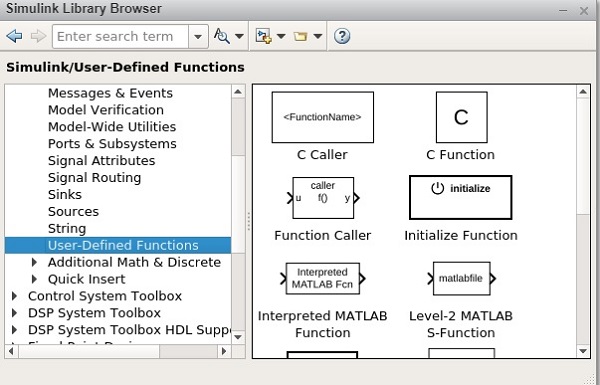
- MATLAB Simulink - Home
- MATLAB Simulink - Introduction
- MATLAB Simulink - Environment Setup
- MATLAB Simulink - Starting Simulink
- MATLAB Simulink - Blocks
- MATLAB Simulink - Lines
- MATLAB Simulink - Build & Simulate Model
- MATLAB Simulink - Signals Processing
- MATLAB Simulink - Adding Delay To Signals
- MATLAB Simulink - Mathematical Library
- Build Model & Apply If-else Logic
- MATLAB Simulink - Logic Gates Model
- MATLAB Simulink - Sinewave
- MATLAB Simulink - Function
- MATLAB Simulink - Create Subsystem
- MATLAB Simulink - For Loop
- MATLAB Simulink - Export Data
- MATLAB Simulink - Script
- Solving Mathematical Equation
- First Order Differential Equation
MATLAB Simulink - Starting Simulink
In this chapter, we will understand about using Simulink to build models.
Here is a MATLAB display −
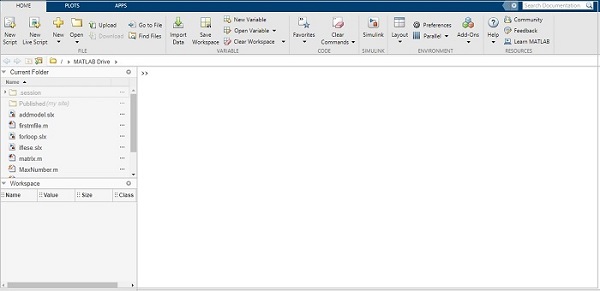
You can start Simulink by using simulink command in the MATLAB command window as shown below −
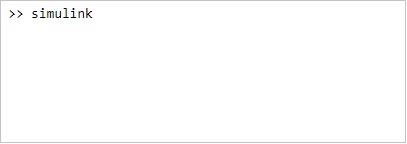
Click on enter to open the Simulink startup page as shown below −
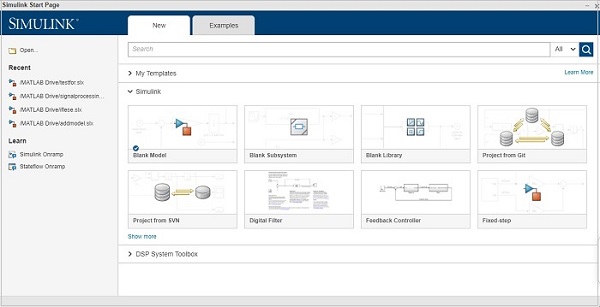
You can also open Simulink from MATLAB interface directly by clicking on Simulink icon as shown below −
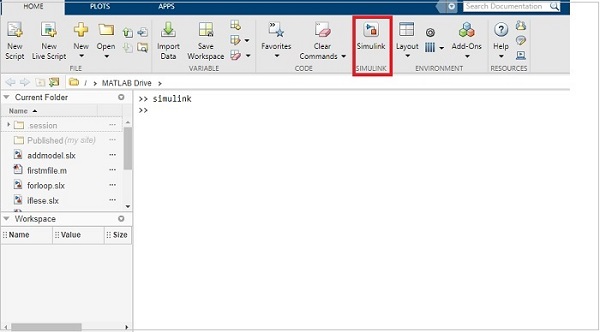
When you click on the Simulink icon, it will take you to a Simulink startup page, as shown below −
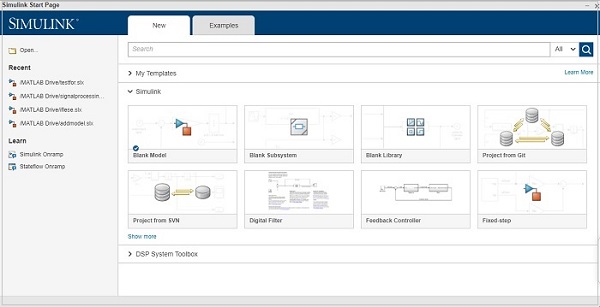
The startup page has a blank model, subsystem, library to start the model from scratch.
There are also some built-in templates that can help the users to start with.
To create a model, the user can click on blank model and it will display a page as shown below −

Click on Save to save your model. The blocks to build your model are available inside the Simulink library browser.
Click on library browser as shown below −

The library browser has a list of all types of libraries with different blocks as shown below −
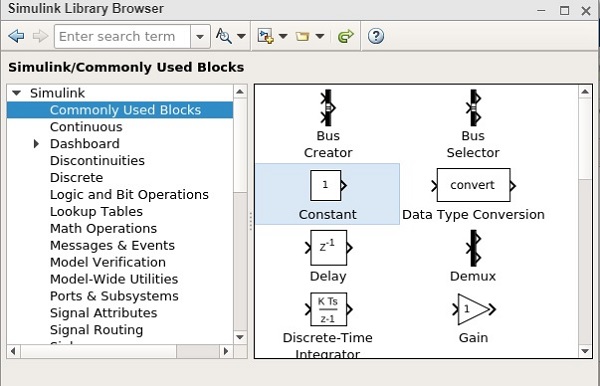
Libraries in Simulink
Let us understand some of the commonly used libraries in Simulink.
Continuous
A continuous blocks library gives you blocks related to derivatives and integrations. The list of blocks are as follows −
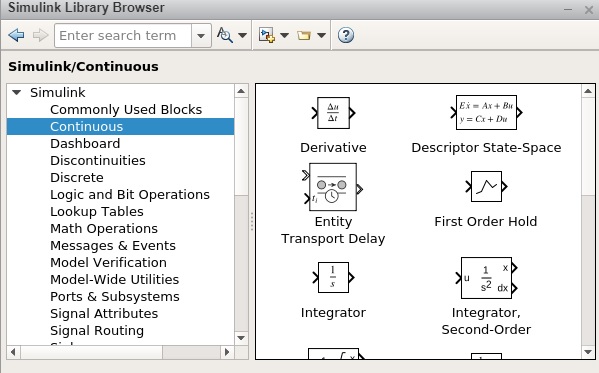
Dashboard
With Dashboard, you will get controls and indicator blocks that help to interact with simulations. The following screen will appear on your computer −

Discontinuities
Here, you will get a list of discontinuous functions blocks as displayed below −
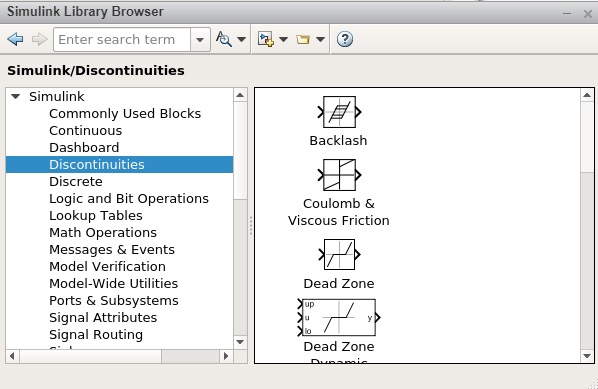
Discrete
Here, you will get time relation function blocks as shown below −
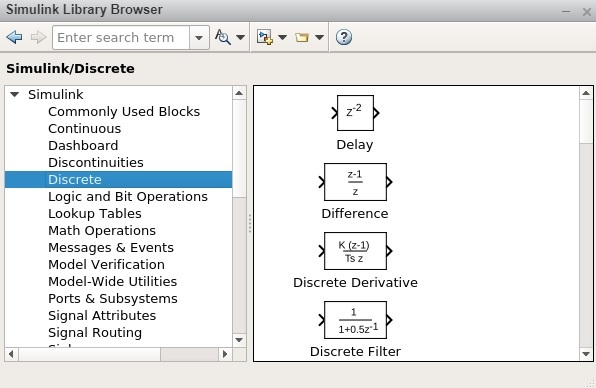
Logic and Bit Operations
In this category, you will get all logical and relational type blocks as displayed below −
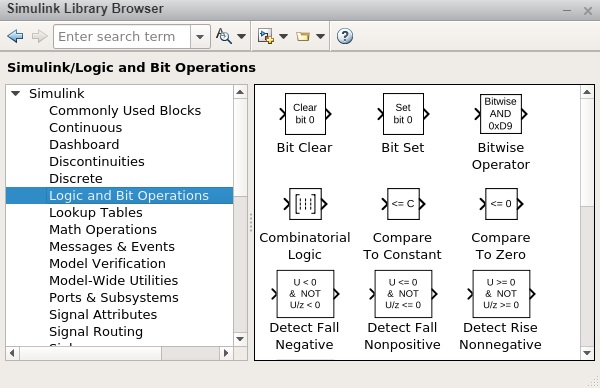
Lookup Tables
You will all the sine, cosine function blocks as shown below −
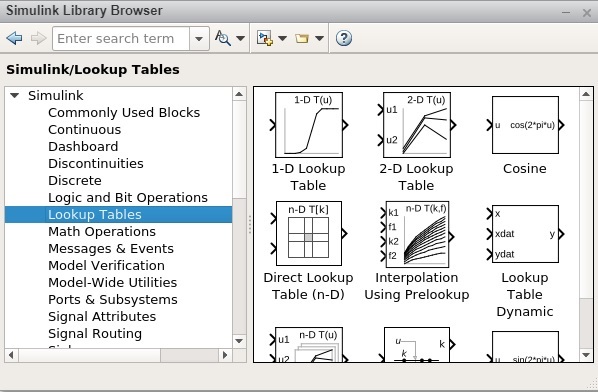
Math Operations
All mathematical operations like Add, Absolute, divide, subtract are available. The list is as follows −
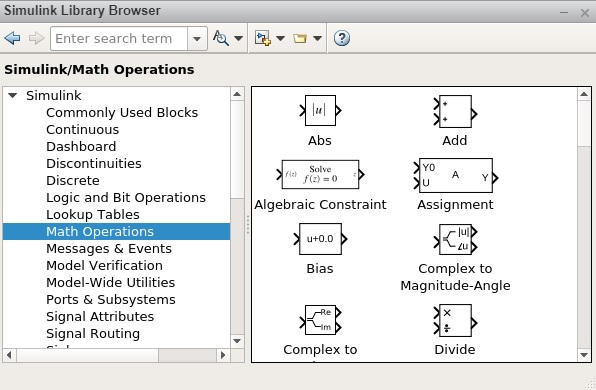
Messages and Events
This block has all the message/communication related functions as shown below −
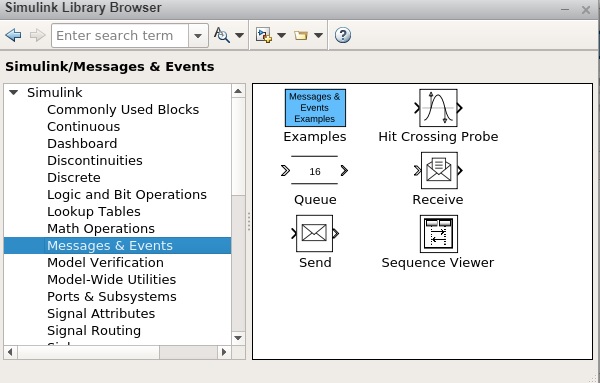
Model Verification
The blocks present here helps to self-verify models, such as Check Input Resolution. The following screen will appear on your computer −
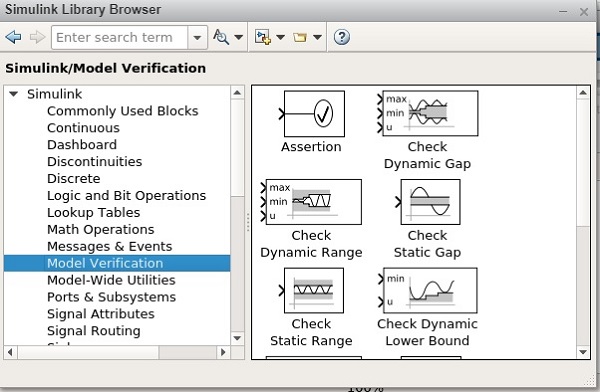
Model-Wide Utilities
This gives you blocks like Model info, Block Support Table etc. The following screen will appear on your computer −
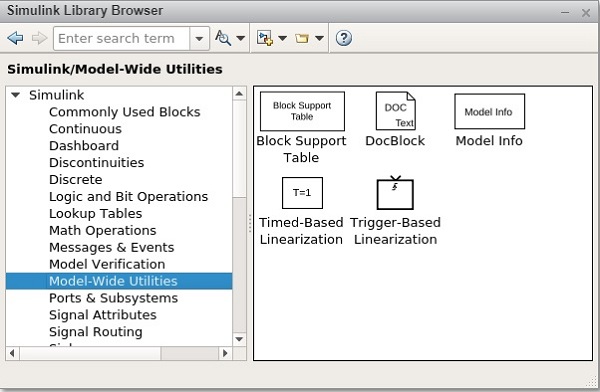
Ports and Subsystems
You will get blocks like a subsystem, switch case, enable etc. The list is displayed below −
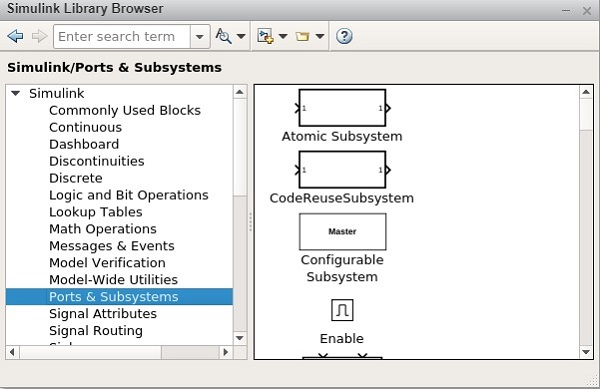
Signal Attributes
Modify the signal attribute blocks such as Data Type Conversion. The following screen will appear on your computer −
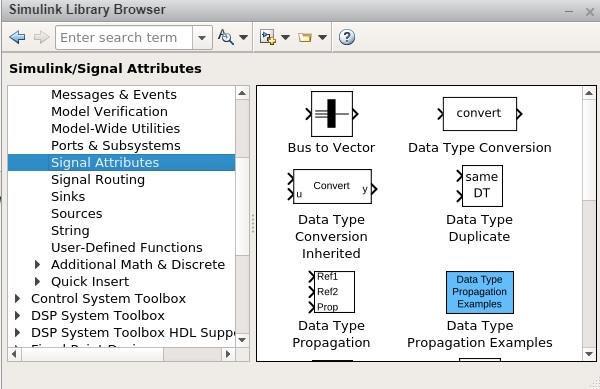
Signal Routing
The blocks in this category is used to route signal blocks such as bus creator, switch etc.The following screen will appear on your computer −
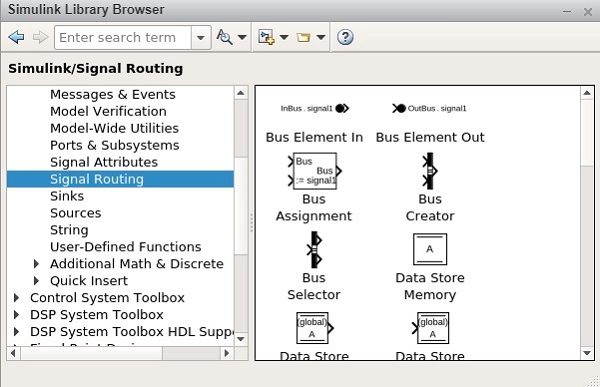
Sinks
The blocks in this category help to display or export signal data blocks such as Scope andTo Workspace. The following screen will appear on your computer −
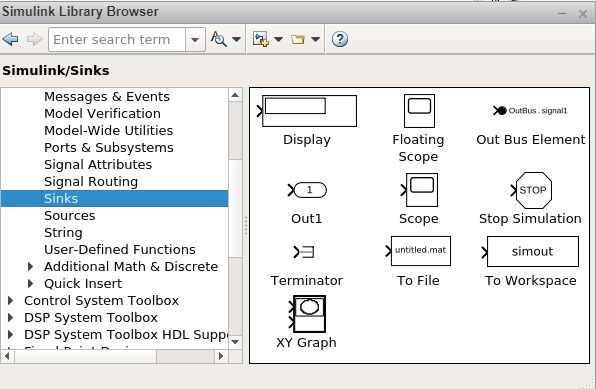
Sources
It helps to generate or import data blocks. For example, sine wave. The following screen will appear on your computer −

String
This category has string related blocks as shown below −

User Defined functions
Custom function blocks such as MATLAB Function, MATLAB System, Simulink Function, and Initialize Function. The following screen will appear on your computer −
